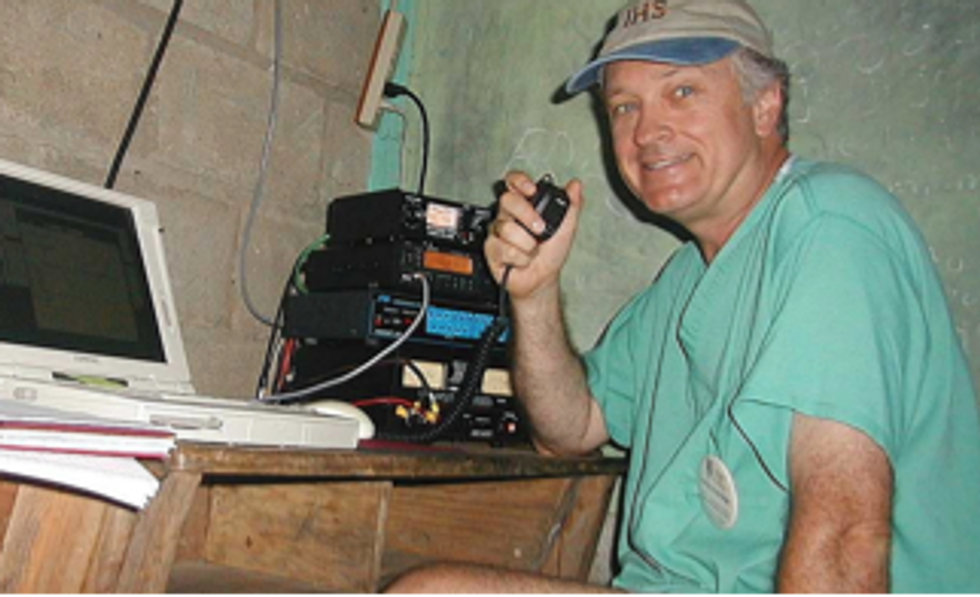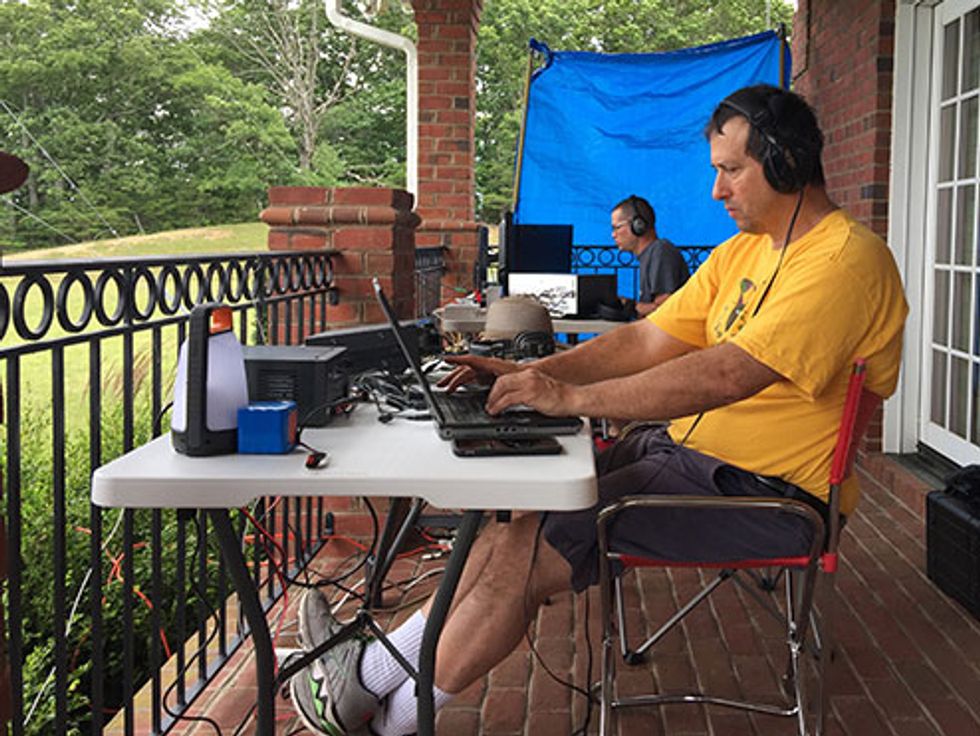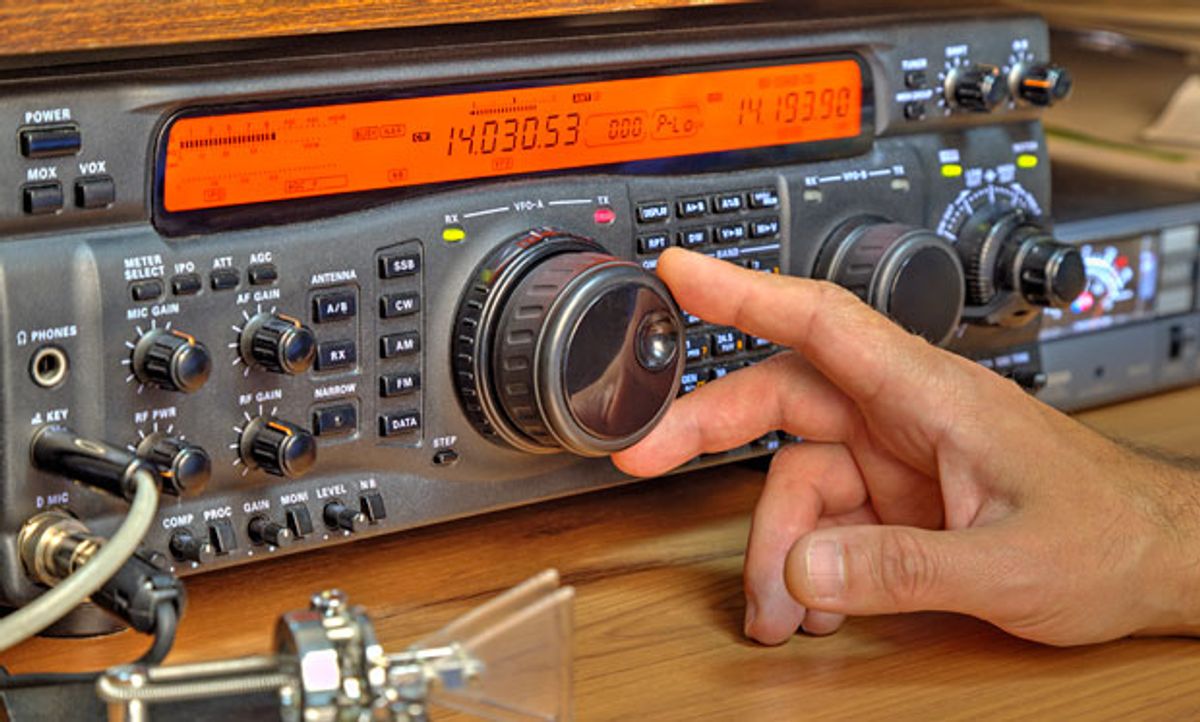Like many amateur radio fans his age, Ron Kolarik, 71, still recalls the “pure magic” of his first ham experience nearly 60 years ago. Lately, though, encrypted messages have begun to infiltrate the amateur bands in ways that he says are antithetical to the spirit of this beloved hobby.
So Kolarik filed a petition, RM-11831 [PDF], to the U.S. Federal Communications Commission (FCC) proposing a rule change to “Reduce Interference and Add Transparency to Digital Data Communications.” And as the proposal makes its way through the FCC’s process, it has stirred up heated debate that goes straight to the heart of what ham radio is, and ought to be.
The core questions: Should amateur radio—and its precious spectrum—be protected purely as a hobby, or is it a utility that delivers data traffic? Or is it both? And who gets to decide?
Since Kolarik filed his petition in late 2018, this debate has engulfed the ham world. Fierce defenders of both sides have filed passionate letters and comments to the FCC arguing their cases.
On one side is Kolarik in Nebraska. In his view, it’s all rather simple: “Transparency is a core part of ham radio,” he says. “And yet, you can find tons of traffic from automatic[ally controlled digital] stations that are extremely difficult to identify, if you can identify them at all, and they cause interference.”
The automatically controlled digital stations (ACDS) Kolarik refers to can serve to power services like Winlink, a “global radio email” system.
Overseen and operated by licensed volunteers around the globe, Winlink is funded and guided by the Amateur Radio Safety Foundation, Inc. (ARSFI). The service uses amateur and government radio frequencies around the globe to send email messages by radio. Users initiate the transmission through an Internet connection, or go Internet-free and use smart-network radio relays.
On Winlink’s website, the service says it provides its licensed users the ability to send email with attachments, plus messages about their positions, and weather and information bulletins. Representatives of the service say it also allows users to participate in emergency and disaster relief communications.
But Kolarik’s petition argues two points: First, because such messages “are not readily and freely able to be decoded,” the FCC should require all digital codes to use protocols that “can be monitored in entirety by third parties with freely available, open-source software.” Secondly, he wants the rule change to reduce the interference that he says services like Winlink can create between amateur-to-amateur stations—by relegating the often-unattended automatic stations to operate solely on narrower sub-bands.
Loring Kutchins, the president of ARSFI, says he believes Kolarik’s petition is “well intentioned in its basis. But the fundamental conflict is between people who believe amateur radio is about hobby, not about utility. But nowhere do the FCC rules use the word ‘hobby.’”

The divide between hobbyists and utilitarians seems to come down to age, in Kutchins’ opinion.
“Younger people who have come along tend to see amateur radio as a service, as it’s defined by FCC rules, which outline the purpose of amateur radio—especially as it relates to emergency operations,” he says.
In short, Kutchins says, his view boils down to abiding by the FCC rules as currently written: “Why is email inappropriate for amateur radio? Why should utilitarian purposes not be part of amateur radio?”
While Kolarik’s petition touches on some of those questions, an ex parte letter [PDF] by professor Theodore Rappaport, who leads the NYU Wireless research center at NYU’s Tandon School of Engineering, makes particularly strong statements against services like Winlink.
Rappaport’s letter calls Kolarik’s proposed rule change vital to “safeguard the national security of the United States,” and key to attracting young people to ham radio. He also accuses services like Winlink of being used to flout various FCC rules. For example, he wrote these services are used “often by boat owners to avoid other readily available commercial means for sending private email (a violation of numerous FCC rules which explicitly prohibit bypassing other commercial means and prohibit pecuniary interest).”
Kutchins, however, doesn’t think Rappaport’s passion is genuine. He fired back in his own letter [PDF] to the FCC: "Theodore Rappaport and the opponents he informs offer an emotional, layman's conjecture in their assertions that hard-to-monitor, advanced digital protocols used in the amateur radio service will encourage crime, terrorism, and are a threat to national security," Kutchins wrote. "They clearly do not know or appreciate what monitoring and inspection routinely occurs, and are thus not qualified to judge."
In an interview, Kutchins says Winlink has system operators who monitor traffic for illegal activity, and though every group has bad actors, he argues that “people on Rappaport’s side have gone through and picked out anything that could be a violation, rather than use the amateur radio principle that we’re supposed to be self-regulating. We call each other out when somebody does something wrong: Inform the violator and educate how you think they have violated the rules.”
Further, Kutchins says, any licensee can read any message sent through a U.S. station on amateur radio frequencies in plain text via a message viewer that is open and available online, and he adds that Winlink has a reporting program established at the FCC’s request.
But Rappaport says his chief “concern is that the proliferation of illegal, effectively encrypted data will turn the hobby of ham radio into a mean-spirited, non-technical dummied-down mosh pit of signals that eventually becomes a high-frequency Internet access point in the sky.”

His fear is “that many applications and transmissions will be closed and controlled by a tiny group of individuals who do not share the vision or incentive for providing transparency of all activities—or technology—in amateur radio. How will that attract youth and help the STEM effort in America?”
The battle continues in letters and comments to the FCC about the proposal. It could be months before the agency completes all of its comment periods and other processes and ultimately decides whether to codify the proposal or strike it down.
In the meantime, back in Lincoln, Nebraska, Kolarik says he’s simply focused on the future of his cherished hobby. He’s heartened by young ham fans who commented on the proposal, like 15-year-old Bryant Rascoll, an Extra Class amateur radio licensee in Alabama who wrote in support of RM-11831 about protecting “our precious spectrum.”
“I don’t want to see amateur radio turn into essentially a smartphone for sending email—today’s kid has that and more there in his pocket,” Kolarik says. “But if they can turn on a machine and talk to someone thousands of miles away, without the worry of interference, they will feel that magic that I did too, years ago.”
Julianne Pepitone is a freelance journalist who reports via text, video, and television. She spent years on staff at CNN Business and then at NBC News, covering consumer tech, cybersecurity, and business. Now a freelancer, she works with an eclectic roster of clients. Beyond Spectrum, CNN, and NBC, her bylines can also be found at HGTV Magazine, Memorial Sloan Kettering, NYMag.com, Glassdoor, Popular Mechanics, Cosmopolitan, Town & Country, Thrillist, MagnifyMoney, The Village Voice, and more.


